Building a loyal customer base is crucial for any business looking to sustain long-term growth. Customer loyalty is the backbone of a successful company, as it not only ensures a steady stream of revenue but also promotes positive word-of-mouth marketing.

Focusing on repeat business strategies can significantly enhance a company’s profitability. By implementing effective client retention techniques, businesses can create a loyal customer base that will drive growth without relying on discounts.
Table of Contents
Why do discounts reduce margins long-term?
Discounts can reduce margins long-term because they directly lower the revenue earned per sale while often failing to produce a proportional increase in customer loyalty or repeat purchases. While a discount might temporarily attract more customers, it sets a lower perceived value for the product or service, conditioning buyers to expect reduced prices regularly. Over time, this can erode the overall profitability of a business, as customers may delay purchases until a discount is offered or switch to competitors offering similar deals. Additionally, repeated discounting can increase operational costs, such as marketing and inventory management, without delivering equivalent growth in sustainable revenue. In essence, while discounts can provide short-term sales spikes, they undermine long-term margin stability by lowering profit per transaction and reducing the perceived worth of the offering in the eyes of the customer..
What are smarter alternatives to discounts?
When it comes to encouraging repeat business, relying solely on discounts can erode profit margins and train customers to wait for sales rather than valuing your products or services at full price. Smarter alternatives focus on adding value and enhancing customer experience rather than just cutting prices. For example, loyalty programs reward repeat customers with points, exclusive access, or personalized perks, creating a sense of appreciation and long-term connection. Another approach is offering bundled packages or free add-ons, which provide customers with more perceived value without reducing the base price. Personalized follow-ups, early access to new products, or VIP experiences can also make customers feel special and more likely to return. By shifting the focus from discounts to meaningful engagement, businesses can build stronger relationships, increase customer lifetime value, and maintain healthier profit margins while still incentivizing repeat purchases.
Are you struggling to turn one-time buyers into loyal, repeat clients without sacrificing your profit margins?

Building a devoted client base goes far beyond offering occasional discounts—it’s about creating meaningful, value-driven relationships that encourage customers to return again and again.
By understanding your client’s journey, delivering exceptional service, and leveraging personalized communication, you can foster loyalty that drives sustainable growth. Implementing strategies such as non-discount loyalty programs, experience-based rewards, and value-first engagement allows your business to stand out in a crowded marketplace. Using cutting-edge tools like CRM systems and AI-assisted personalization, you can anticipate your clients’ needs, provide tailored experiences, and create memorable moments that deepen trust and advocacy. These strategies not only increase customer lifetime value but also generate powerful word-of-mouth referrals, transforming your repeat clients into brand ambassadors.
How does SpinGage drive loyalty without cutting profits?
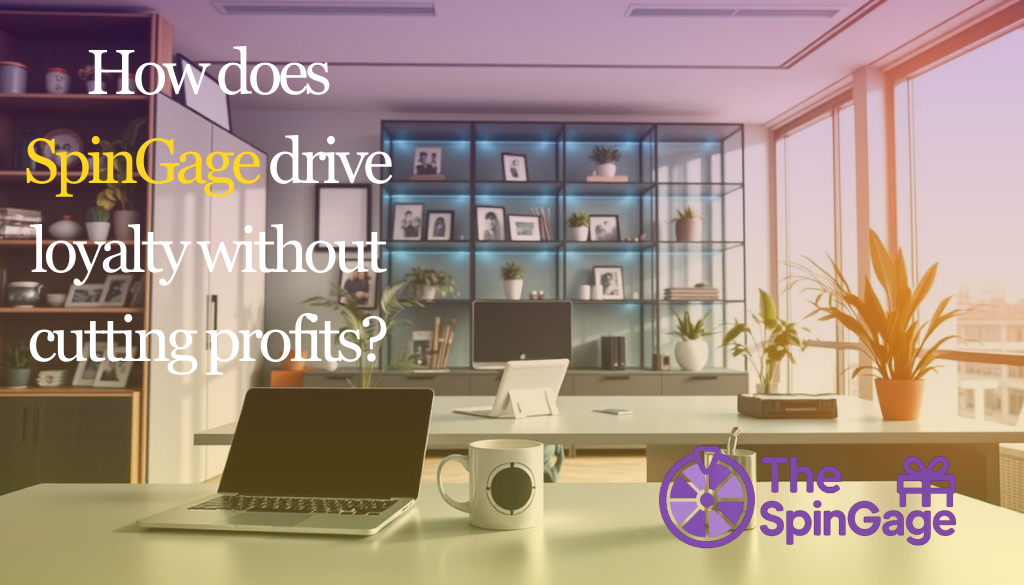
SpinGage drives customer loyalty without cutting profits by focusing on value,
personalized experiences, and strategic engagement rather than relying on price reductions. Instead of offering frequent discounts, which can erode profit margins and condition customers to expect lower prices, SpinGage emphasizes building meaningful relationships with clients. This is achieved through exceptional customer service, loyalty programs that reward engagement rather than just purchases, and providing content, tools, or services that enhance the customer experience. By understanding customer needs and delivering consistent value, SpinGage encourages repeat business and long-term retention. This approach not only strengthens trust and satisfaction but also allows the company to maintain healthy profit margins, proving that loyalty can be nurtured through experience and relevance rather than discounts alone.
How does SpinGage automate review collection?
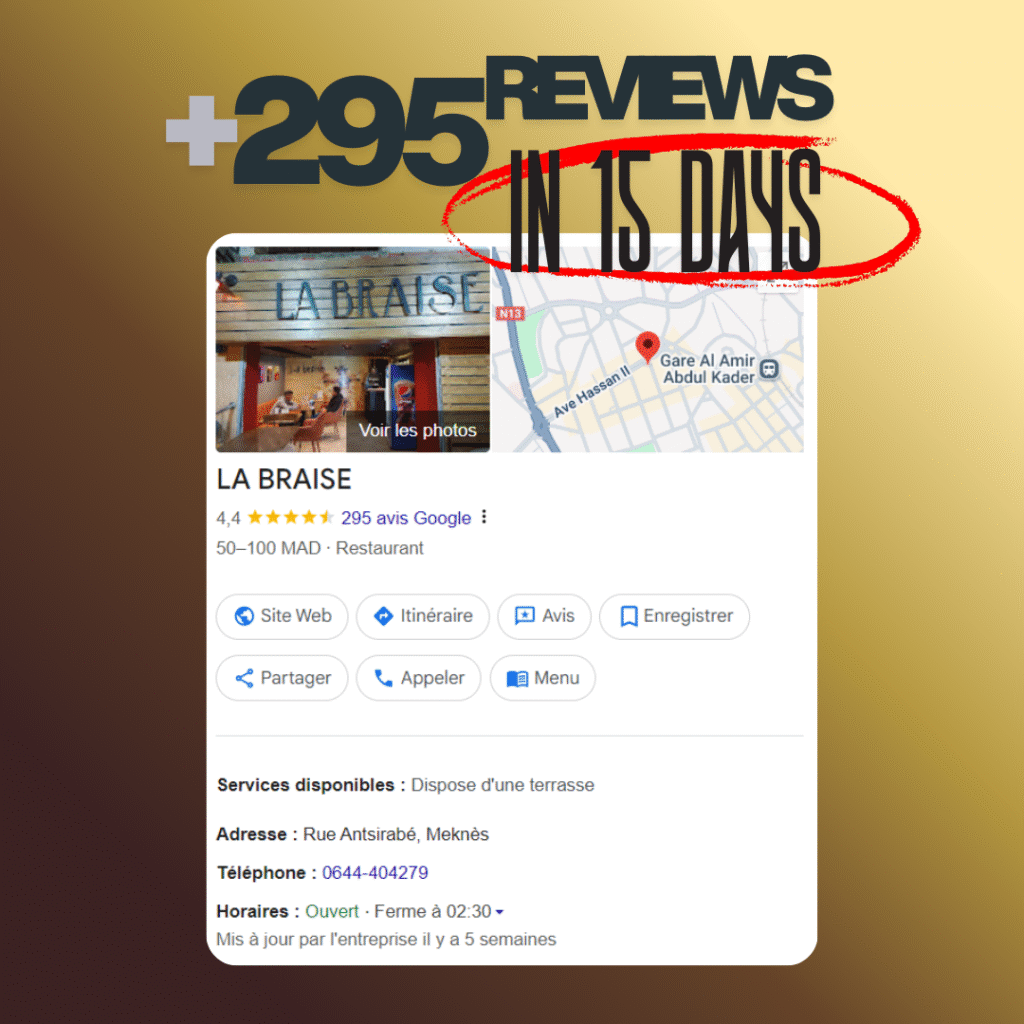
+295 REVIEWS IN JUST 15 DAYS :
Labraise is a restaurant that gained more than 295 new customer reviews and increased their income by using TheSpinGage solution.
They placed a flyer with a QR code on every table, allowing each diner to scan and spin the wheel. Labraise used a 100% winning ratio plan, where customers always won either 10% off their meal or a free soda.
This simple gamification encouraged guests to leave reviews, boosted loyalty, and kept customers coming back.
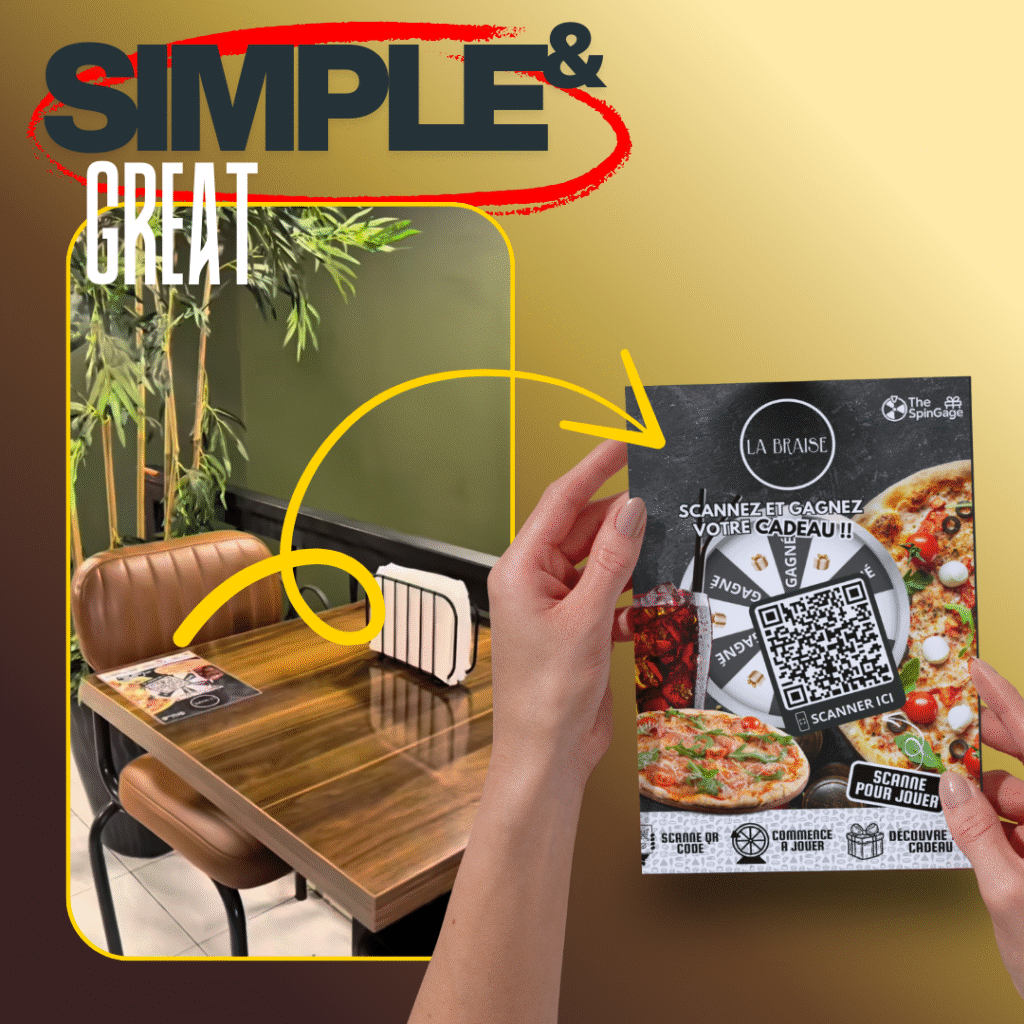
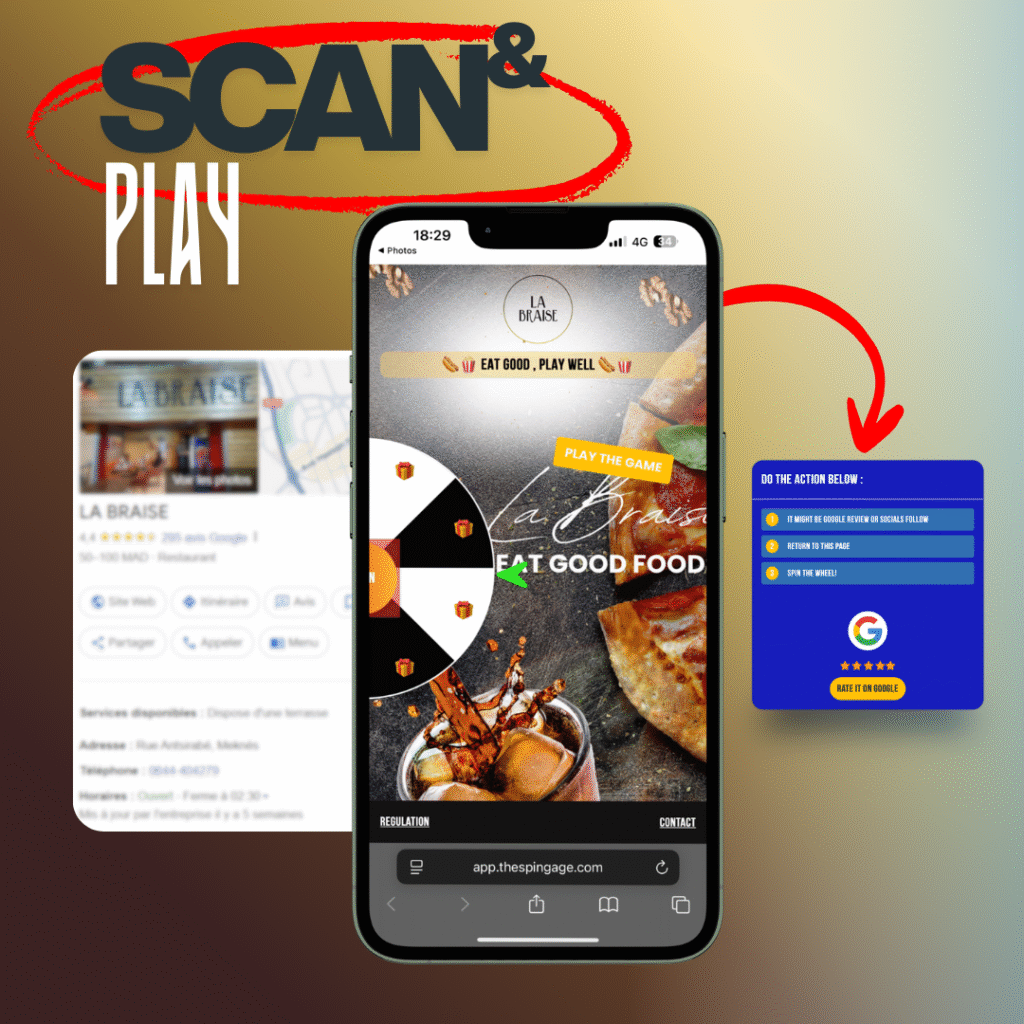
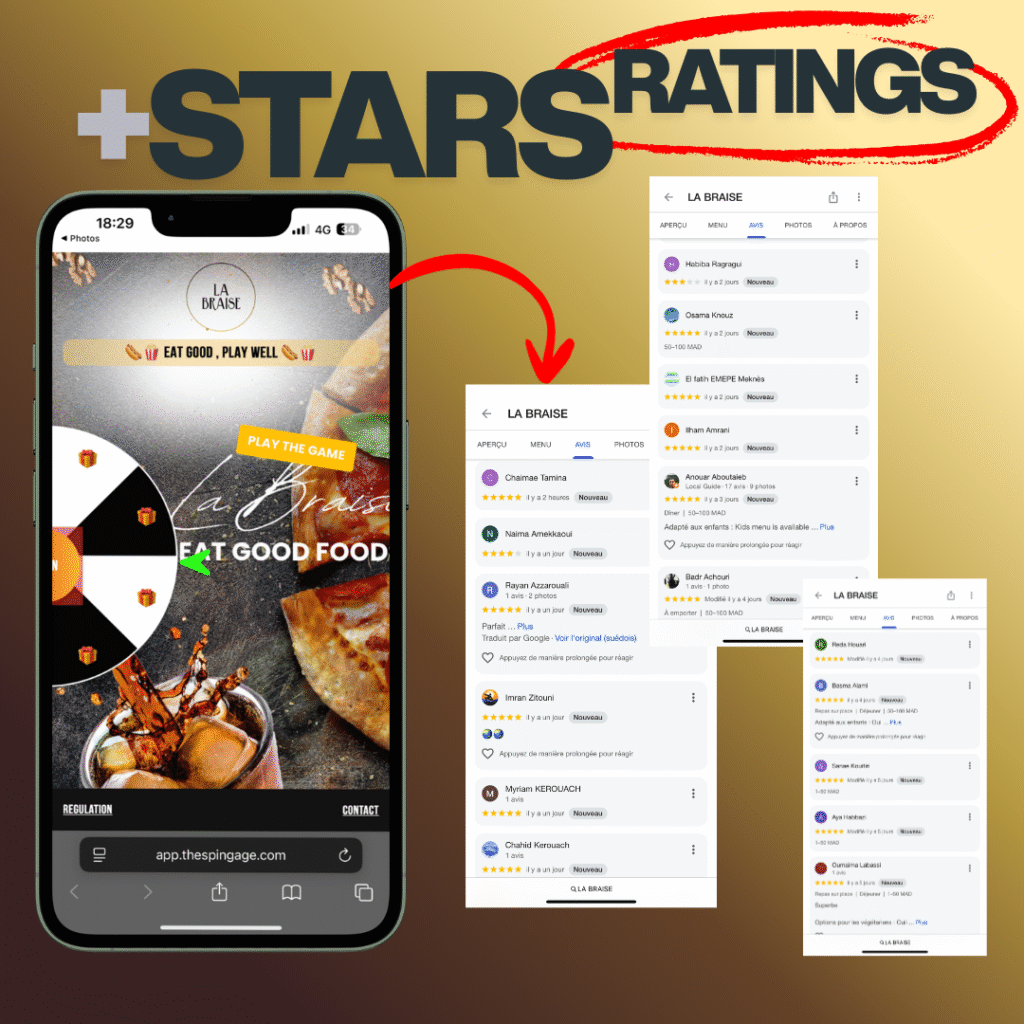
HOW IT WORKS IN 4 EASY STEPS ?
1 – Scan the QR Code
Clients simply scan the QR code placed on the table or provided directly by you.
2- Take Action First
To unlock the gameplay, they must complete the required action.
3- Spin the Wheel
Once unlocked, they spin the wheel to test their luck.
4- Win Rewards
If they win, a QR code is instantly sent to their email. If not, nothing happens. In both cases, the game is locked for 24 hours, ensuring fairness and excitement for the next try.
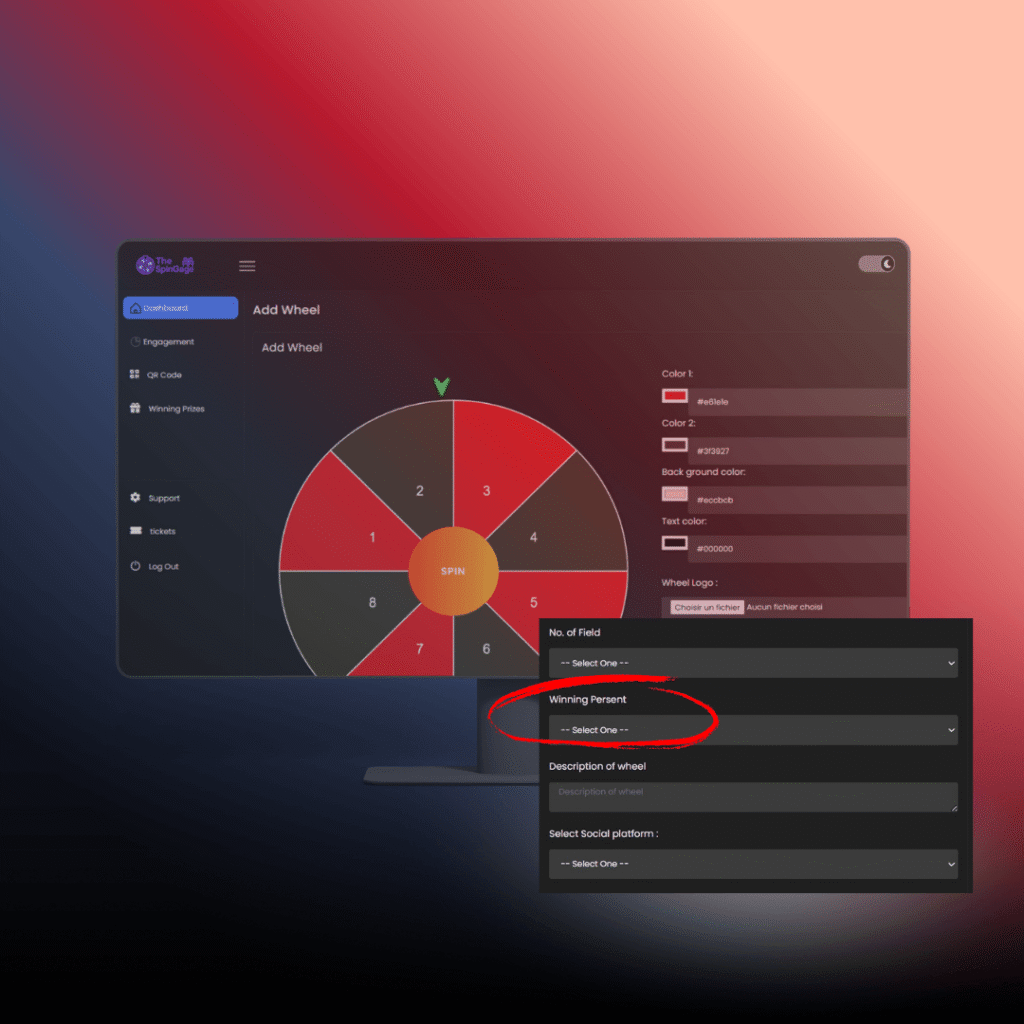
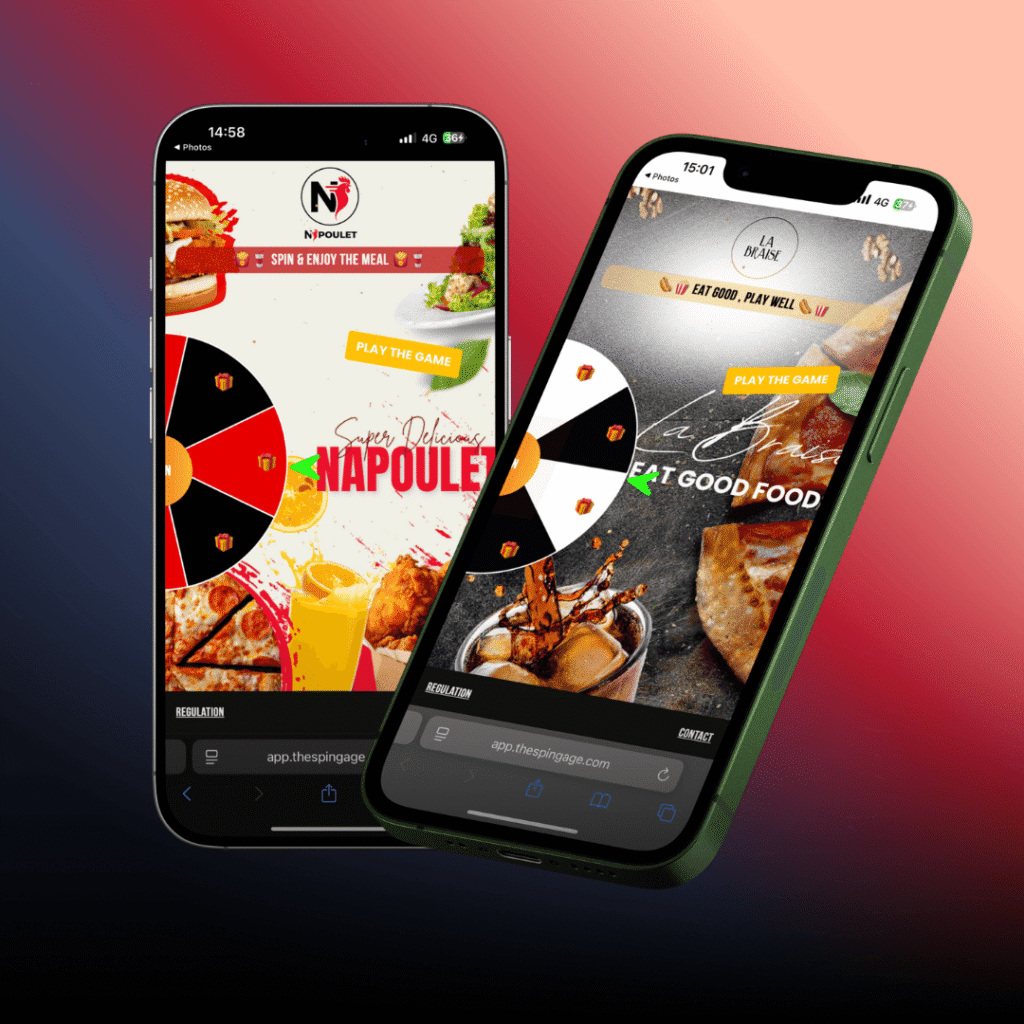
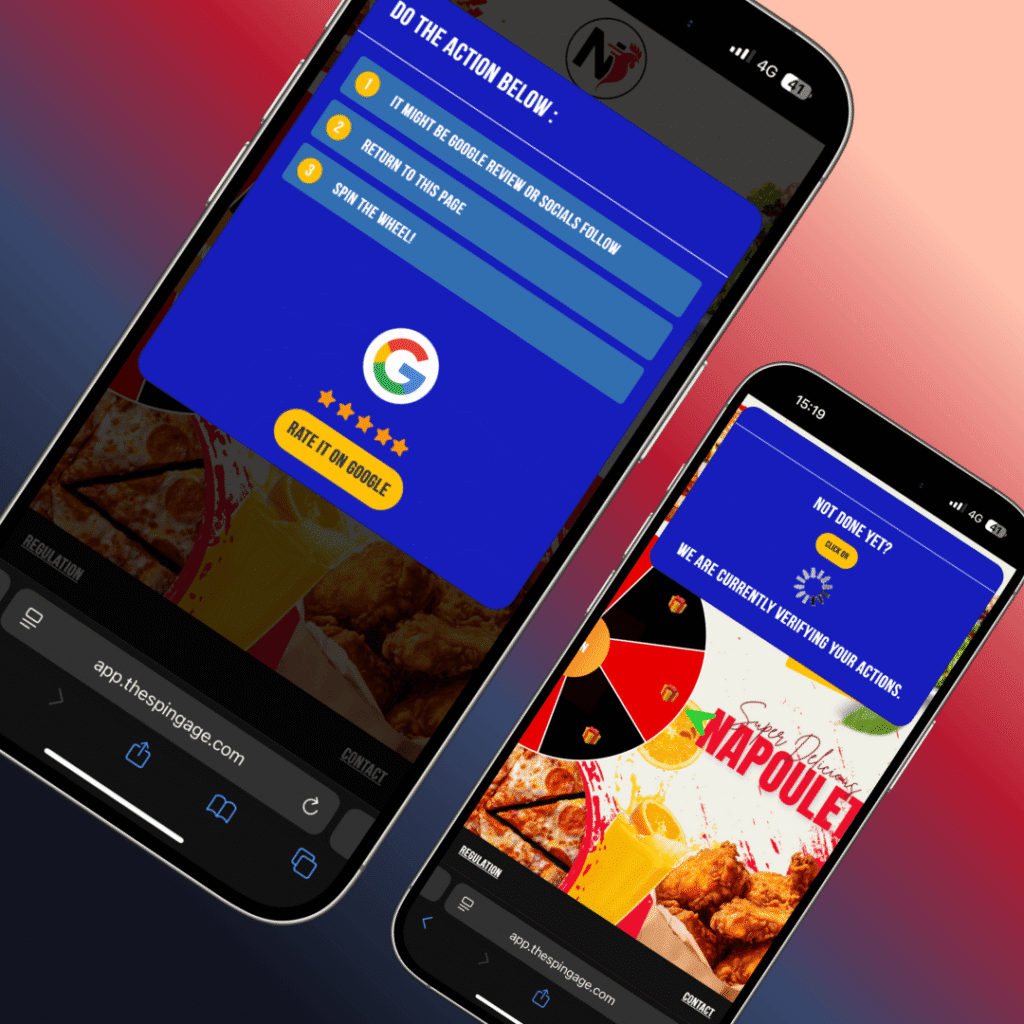
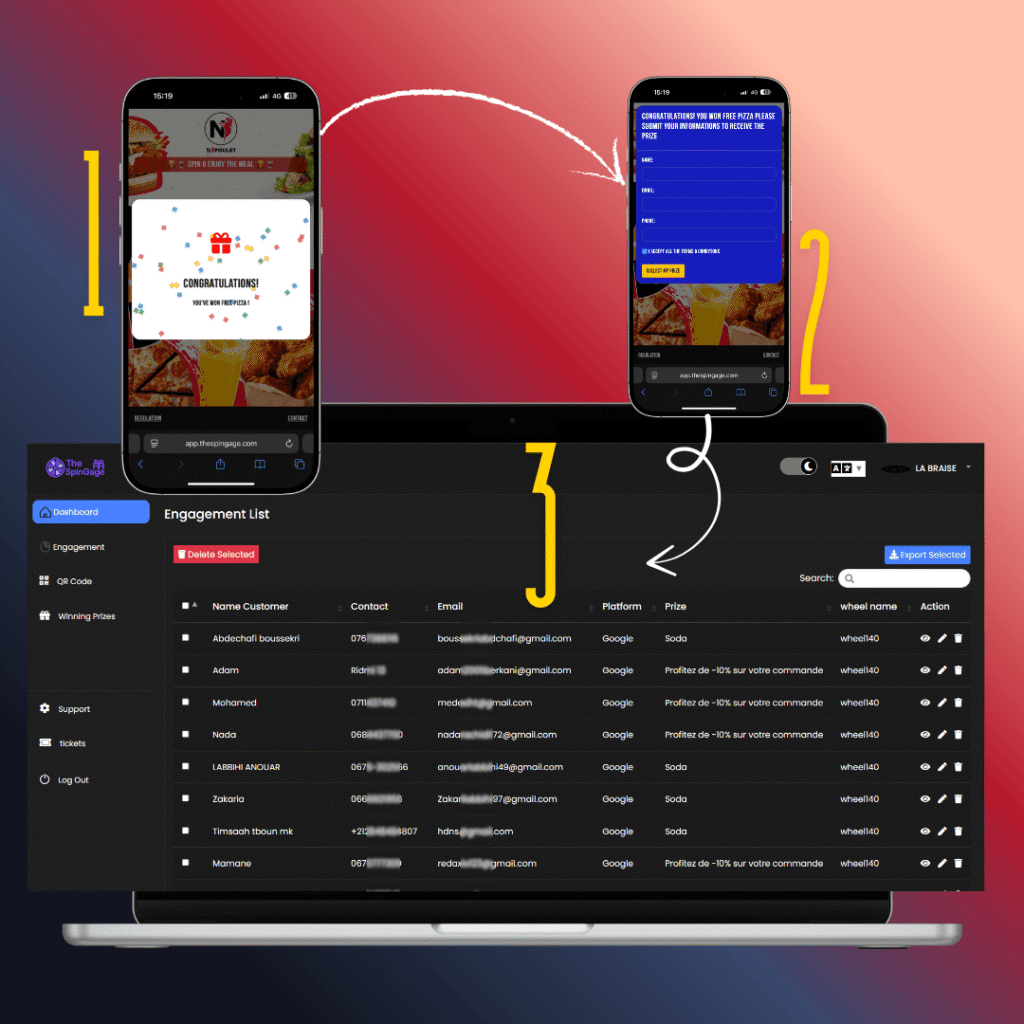
🛠️ Flexible Tracking Options
Track platform Top performing .
Track the wheel segments (number of prizes, Winner Gameplay).
Number of Plays , Track top performing wheel
Set up expiration dates for vouchers and offers.
Get Acces to LEADS , Extraxt & Modiify it .
Why You Should Opt for TheSpinGage Solution
Running a business today is not just about serving customers – it’s about creating memorable experiences that keep them coming back and spreading the word. That’s exactly what TheSpinGage delivers.
🎯 Stand Out from Your Competitors
Most restaurants, cafés, and shops rely only on discounts or word of mouth. With TheSpinGage, you turn every visit into a fun, interactive moment that clients remember and talk about.
⭐ Collect More Positive Reviews
Google reviews are the new “digital reputation.” Our system motivates clients to leave reviews in exchange for a chance to win rewards – giving you the social proof that attracts new clients effortlessly.
💌 Grow Your Customer Database
Every spin is an opportunity to collect emails and data, helping you stay connected with your clients through newsletters, promotions, and loyalty campaigns.
🔄 Boost Loyalty and Repeat Visits
Customers love rewards. By making every visit a chance to win, you encourage repeat visits, turning occasional clients into loyal fans of your business.
⚡ 100% Simple & Automated
No technical headaches. Once installed, TheSpinGage works automatically – whether through QR codes on tables, flyers, or digital screens. You just set the rules, and the system does the rest.
👉 TheSpinGage isn’t just a tool – it’s your new customer magnet.
Increase engagement, grow your reviews, and build a strong database without spending more on ads.
📲 Activate TheSpinGage today and turn visitors into loyal, returning customers!
START TODAY

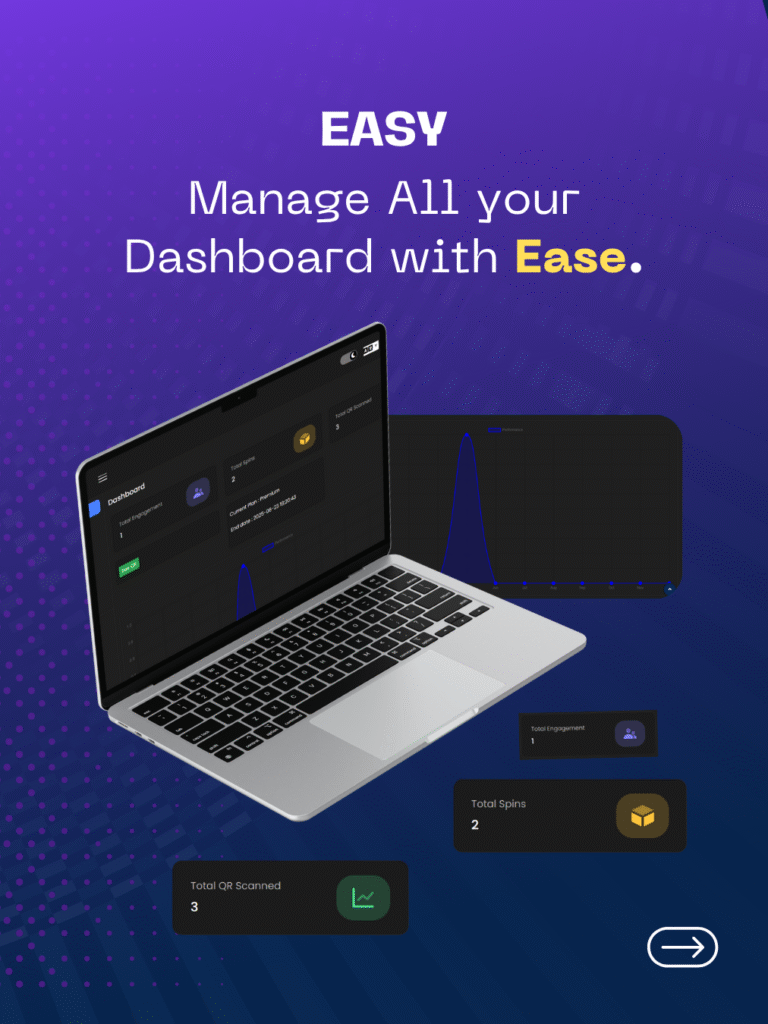
SpinGage automates review collection by seamlessly integrating with your business platforms to prompt customers for feedback at the right moment. It can automatically send personalized review requests via email or SMS after a purchase or service, making it easy for customers to share their experiences. This automation not only increases the volume of reviews but also ensures consistent and timely feedback, helping businesses maintain a strong online reputation without manual effort.
Stop relying on short-term discounts and start building long-lasting client relationships that yield measurable returns.
Discover how you can implement today and unlock the full potential of your business growth.
Start Retaining More Clients Now
Statistical Evidence of Retention ROI
The return on investment (ROI) of client retention is supported by compelling statistical evidence. For instance, a study by Bain & Company found that a 5% increase in customer retention can lead to a 25% to 95% increase in profits. This is because retained customers are more likely to make repeat purchases and are less price-sensitive.
| Retention Rate Increase | Profit Increase |
|---|---|
| 5% | 25%-95% |
| 10% | 50%-150% |
Lifetime Value Calculation
Calculating the lifetime value (LTV) of a client is crucial for understanding the true value of client retention. LTV is calculated by multiplying the average order value by the number of repeat orders and then subtracting the customer acquisition cost. For example, if a customer spends $100 on average per order, makes 5 purchases, and the acquisition cost is $50, the LTV would be ($100 * 5) – $50 = $450.
The Hidden Costs of Discount-Based Retention
While discounts can be an effective short-term strategy for retaining clients, they come with hidden costs that can erode profitability over time. Two significant risks associated with discount-based retention are margin erosion and creating discount-dependent relationships.
Margin Erosion Over Time
Frequent discounts can lead to margin erosion, as customers begin to expect lower prices, potentially reducing the business’s profit margins. For instance, a business that regularly offers 10% discounts may find it challenging to maintain its pricing strategy without impacting profitability.
Creating Discount-Dependent Relationships
Relying heavily on discounts can create relationships that are dependent on price rather than value. This can lead to a situation where customers switch to competitors offering better deals, rather than remaining loyal due to the perceived value of the service or product.
Understanding Your Client’s Journey
To build a loyal client base, it’s essential to comprehend the intricacies of their journey with your brand. This involves mapping out every interaction they have with your company, from initial awareness to post-purchase support.
Mapping Touchpoints in the Customer Experience
The customer journey encompasses various touchpoints that significantly influence their perception of your brand. These touchpoints can be categorized into different stages.
Pre-Purchase Engagement
Pre-purchase engagement is critical as it sets the tone for the customer’s experience. Effective marketing strategies and engaging content can captivate potential clients, making them more likely to consider your product or service.
Post-Purchase Follow-Up
After a purchase, following up with clients is vital to ensure they are satisfied with their decision. This can be achieved through personalized emails or satisfaction surveys, showing that you value their business and care about their experience.
Identifying Opportunities for Relationship Building
Building a strong relationship with clients involves identifying key moments that can foster loyalty. Certain interactions can significantly impact their loyalty and willingness to return.
Key Moments That Build Loyalty
Moments such as resolving issues promptly or surprising them with added value can strengthen their loyalty. These actions demonstrate your commitment to their satisfaction.
Transition Points for Added Value
Transition points, like when a client is about to make a repeat purchase, offer opportunities to add value. Providing relevant recommendations or exclusive offers can make their experience more rewarding.

Building a Value-First Approach to Client Relationships
To build lasting connections with clients, businesses must shift their focus towards delivering value beyond the initial sale. This involves adopting relational business models that prioritize long-term engagement over transactional interactions.
Shifting from Transactional to Relational Business Models
Relational business models focus on creating ongoing relationships with clients, ensuring that their needs are met over time. This approach involves long-term relationship planning, where businesses anticipate and adapt to the evolving needs of their clients.
Long-Term Relationship Planning
Effective long-term planning requires a deep understanding of the client’s goals and challenges. By doing so, businesses can tailor their services to meet these needs, fostering a sense of partnership and mutual growth.
Mutual Growth Strategies
Mutual growth strategies involve collaborating with clients to identify opportunities for joint growth. This can include offering complementary services that enhance the client’s business operations.
Creating Value Beyond Your Core Offering
To truly deliver value, businesses must look beyond their core products or services. This can involve providing educational content and resources that help clients succeed in their own ventures.
Complementary Services and Resources
Offering complementary services can significantly enhance the client experience. For example, a business might provide additional tools or consulting services that complement their core offerings.
Educational Content and Knowledge Sharing
Sharing knowledge through educational content can position a business as a thought leader in their industry. This not only adds value for clients but also builds trust and credibility.
As noted by industry expert, “The key to building strong client relationships is to focus on delivering value at every touchpoint.” By adopting a value-first approach, businesses can create lasting connections with their clients, driving loyalty and repeat business.
Personalization Strategies That Drive Repeat Business
By leveraging personalization, businesses can create a more engaging and loyal client base. Personalization is about understanding and catering to the individual needs and preferences of your clients, making them feel valued and appreciated.
Using Client Data to Customize Experiences
Effective personalization starts with the collection and analysis of client data. This data is crucial for understanding client behavior, preferences, and needs.
Ethical Data Collection Methods
It’s essential to collect client data ethically, ensuring transparency about how the data will be used and providing clients with control over their information. Ethical data collection builds trust and complies with data protection regulations.
Preference-Based Service Delivery
Using the insights gained from client data, businesses can tailor their services to meet individual client preferences, enhancing the overall client experience. This preference-based service delivery can significantly improve client satisfaction and loyalty.
Implementing Personalized Communication Techniques
Personalized communication is key to making clients feel valued. This involves more than just addressing clients by their names; it’s about delivering relevant content and offers that resonate with their interests and needs.
Tailored Messaging Frameworks
Developing tailored messaging frameworks allows businesses to communicate more effectively with their clients. By segmenting the client base and crafting messages that speak directly to each segment, businesses can increase the impact of their communication efforts.
Timing and Channel Optimization
The timing and channel of communication are also critical. Understanding when and how clients prefer to be contacted can significantly enhance the effectiveness of personalized communication. Optimizing timing and channels ensures that messages are delivered in the most receptive context.
How to Attract Repeat Clients Through Exceptional Service
Exceptional service is the cornerstone of building a loyal client base that keeps coming back. By focusing on delivering outstanding experiences, businesses can significantly increase their chances of retaining clients and encouraging repeat business.
Training Your Team for Service Excellence
To provide exceptional service, it’s crucial to train your team effectively. This involves more than just teaching them the basics; it’s about instilling a culture of service excellence.
Client-Centric Culture Development
Developing a client-centric culture is vital. This means aligning your team’s goals and values with the objective of delivering exceptional client experiences. Regular training sessions and feedback loops can help achieve this.
Empowerment and Decision-Making Authority
Empowering your team to make decisions is also key. When employees have the authority to resolve issues without needing to escalate, it not only speeds up problem resolution but also boosts their confidence and job satisfaction.
Resolving Issues Before They Become Deal-Breakers
Even with the best service, issues can arise. The key is to resolve them proactively before they become significant problems.
Proactive Problem Identification
Implementing a system for proactive problem identification can help. This involves regularly checking in with clients, gathering feedback, and using it to address potential issues before they escalate.
Recovery Strategies That Build Trust
When issues do arise, having effective recovery strategies in place is crucial. This includes apologizing sincerely, making amends, and following up to ensure the issue is fully resolved. Such actions can actually build trust with your clients.

By focusing on these areas, businesses can create a service experience that not only attracts repeat clients but also turns them into loyal advocates.
Creating a Memorable Client Experience
Crafting a memorable client experience is crucial for businesses aiming to secure repeat clients without relying on discounts. This involves designing moments that matter and creating emotional connections with clients.
Designing Moments That Matter
To create a lasting impression, businesses must identify and design moments that resonate with their clients. This can be achieved through:
- Emotional Connection Points: Understanding what evokes emotions in your clients and incorporating these elements into your interactions.
- Surprise and Delight Tactics: Implementing unexpected gestures or services that exceed client expectations.

The Psychology of Positive Client Interactions
The psychology behind positive client interactions is rooted in several key principles:
- Reciprocity Principles in Action: When businesses offer value without immediate expectation of return, clients are more likely to reciprocate with loyalty.
- Building Cognitive Loyalty: Creating a deep-seated loyalty in clients by consistently delivering value and fostering a sense of trust.
By understanding and applying these principles, businesses can create a memorable client experience that not only delights clients but also fosters a loyal client base.
Non-Discount Loyalty Programs That Work
Non-discount loyalty programs offer a compelling alternative for businesses seeking to reward their loyal customers without eroding profit margins. These programs focus on providing value beyond price reductions, fostering a deeper connection with clients.
Membership and VIP Access Models
Membership and VIP access models are designed to make clients feel valued and part of an exclusive group. These models can include:
- Exclusive Content and Early Access: Providing loyal clients with early access to new products or exclusive content can make them feel privileged.
- Priority Service Structures: Offering priority customer service to VIP members can significantly enhance their experience, making them feel appreciated and valued.
Experience-Based Rewards Systems
Experience-based rewards systems focus on creating memorable experiences for clients, rather than just offering discounts. Examples include:
- Event and Learning Opportunities: Hosting events or webinars exclusively for loyal clients can provide them with unique learning experiences and networking opportunities.
- Recognition and Status Benefits: Recognizing loyal clients through status upgrades or special recognitions can boost their loyalty and engagement.
Community Building Among Your Client Base
Building a community around your client base can foster loyalty and create a sense of belonging. Strategies for community building include:
- Facilitated Networking Opportunities: Creating platforms or events where clients can network can enhance their loyalty and engagement with your brand.
- Collaborative Problem-Solving Forums: Engaging clients in problem-solving processes can make them feel valued and part of the brand’s journey.
By implementing these non-discount loyalty programs, businesses can create a loyal client base that is engaged, valued, and likely to return without the need for discounts.
Leveraging Technology to Nurture Repeat Clients
In today’s competitive business landscape, leveraging technology is crucial for nurturing repeat clients. By adopting the right technological tools, businesses can enhance their client relationships and improve overall customer satisfaction.
CRM Systems That Support Relationship Building
Customer Relationship Management (CRM) systems are pivotal in managing and analyzing customer interactions. They enable businesses to track client history and preferences, facilitating relationship building.
Relationship History Tracking
CRM systems allow businesses to maintain a detailed record of client interactions, enabling them to offer personalized services tailored to individual client needs.
Anticipatory Service Triggers
By analyzing client data, CRM systems can trigger anticipatory service actions, ensuring that client needs are met proactively.
Automation That Feels Personal, Not Robotic
While automation is often associated with impersonal interactions, it can be leveraged to create personalized experiences. The key is to use automation in a way that complements human interaction.
Contextual Communication Flows
Implementing contextual communication flows ensures that clients receive relevant information at the right time, enhancing their overall experience.
AI-Assisted Personalization Tools
AI-assisted personalization tools can analyze client behavior and preferences, enabling businesses to offer tailored solutions that meet individual client needs.
By integrating these technological solutions, businesses can foster stronger relationships with their repeat clients, ultimately driving loyalty and growth.
- Implement CRM systems to track client interactions.
- Use automation to personalize client experiences.
- Leverage AI for anticipatory service triggers.
Measuring and Improving Your Repeat Client Success
Measuring repeat client success is vital for understanding the health of your business and identifying areas for improvement. To achieve this, it’s essential to track key metrics and implement effective feedback loops.
Key Metrics for Client Retention
Understanding client retention requires a deep dive into specific metrics that provide insights into client behavior and satisfaction.
Retention Rate Analysis
Retention rate is a critical metric that measures the percentage of clients retained over a specific period. A high retention rate indicates a strong client relationship strategy.
Engagement and Satisfaction Indicators
Engagement indicators, such as repeat purchase rates and interaction with your brand, along with satisfaction indicators like surveys and Net Promoter Score (NPS), provide a comprehensive view of client health.
Implementing Feedback Loops for Continuous Improvement
Feedback loops are crucial for understanding client needs and improving services. Effective feedback collection and implementation can significantly enhance client satisfaction.
Structured Feedback Collection Methods
Using structured feedback collection methods like surveys, focus groups, and one-on-one interviews can provide valuable insights into client needs and preferences.
Iterative Service Enhancement Process
An iterative service enhancement process involves continuously refining services based on client feedback. This approach ensures that your services remain relevant and meet evolving client needs.
By focusing on key metrics and implementing effective feedback loops, businesses can significantly improve their repeat client success, driving long-term growth and loyalty.
Conclusion
Attracting repeat clients is crucial for the long-term success of any business. By implementing the strategies outlined in this article, businesses can foster strong relationships with their clients, driving customer loyalty and retention.
By understanding the client’s journey, creating value beyond the core offering, and leveraging technology to nurture relationships, businesses can increase the likelihood of repeat clients. Personalization, exceptional service, and memorable experiences also play a significant role in driving repeat business.
By focusing on retention strategies that prioritize building strong relationships, businesses can enjoy the benefits of increased customer loyalty, improved reputation, and sustained growth. By putting these strategies into practice, businesses can reap the rewards of a loyal client base, ultimately driving long-term success.
FAQ
What are some effective ways to retain clients without offering discounts?
Some effective ways include building strong relationships, providing exceptional service, and creating value beyond your core offering.
How can I use client data to drive repeat business?
You can use client data to customize experiences, implement preference-based service delivery, and create personalized communication techniques.
What is the importance of having a client-centric culture?
A client-centric culture helps to drive service excellence, empowers employees to make decisions, and builds trust with clients.
How can I create a memorable client experience?
You can create a memorable client experience by designing moments that matter, creating emotional connection points, and using surprise and delight tactics.
What are some non-discount loyalty programs that work?
Some effective non-discount loyalty programs include membership and VIP access models, experience-based rewards systems, and community building among your client base.
How can I leverage technology to nurture repeat clients?
You can leverage technology by using CRM systems that support relationship building, automation that feels personal, and AI-assisted personalization tools.
What are some key metrics for measuring client retention?
Some key metrics include retention rate analysis, engagement and satisfaction indicators, and structured feedback collection methods.
How can I implement feedback loops for continuous improvement?
You can implement feedback loops by collecting structured feedback, analyzing it, and using it to iteratively enhance your services.
What is the role of personalization in driving repeat business?
Personalization plays a crucial role in driving repeat business by creating customized experiences, implementing preference-based service delivery, and building strong relationships.
How can I build a value-first approach to client relationships?
You can build a value-first approach by shifting from transactional to relational business models, creating value beyond your core offering, and providing complementary services and resources.



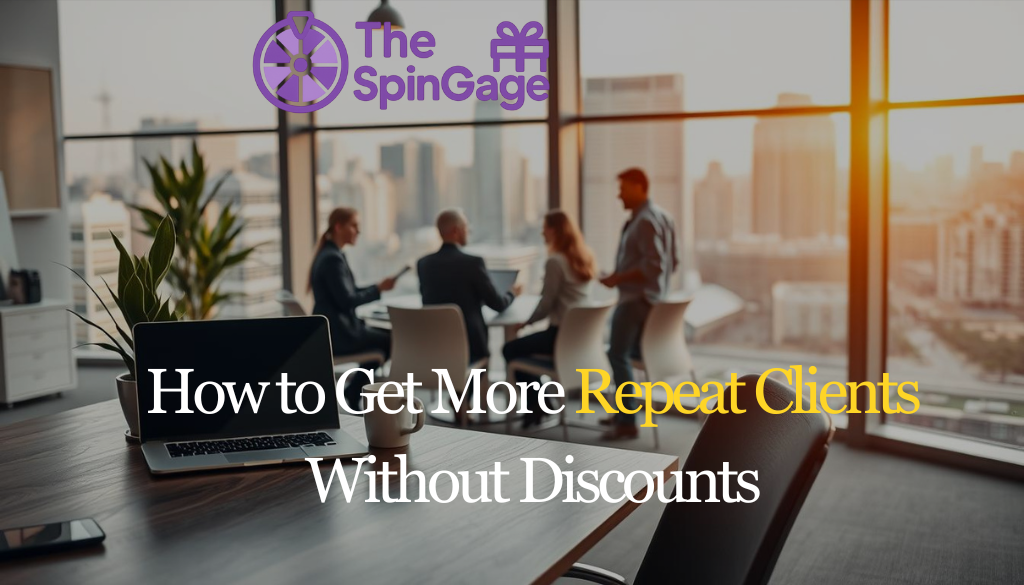


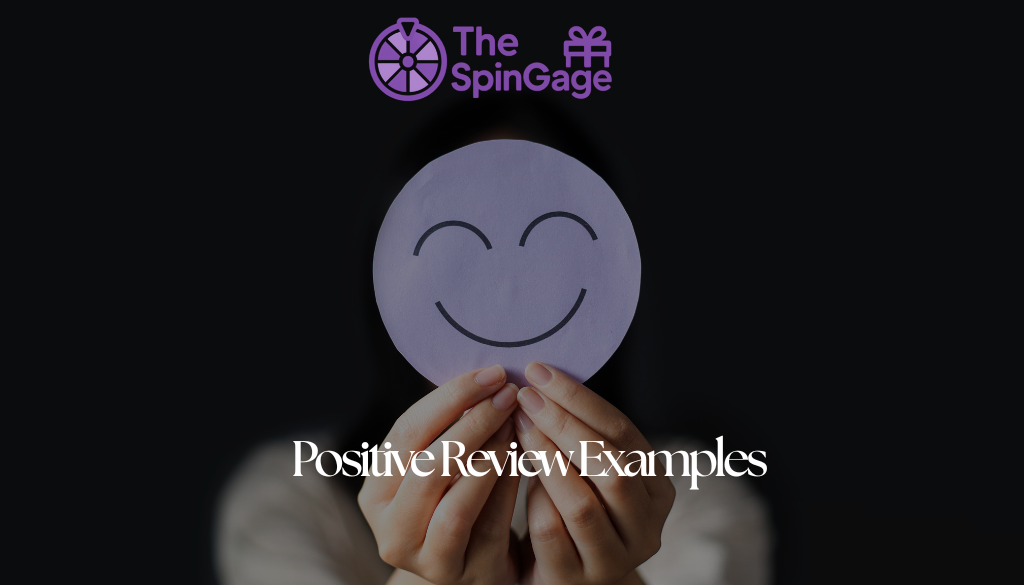
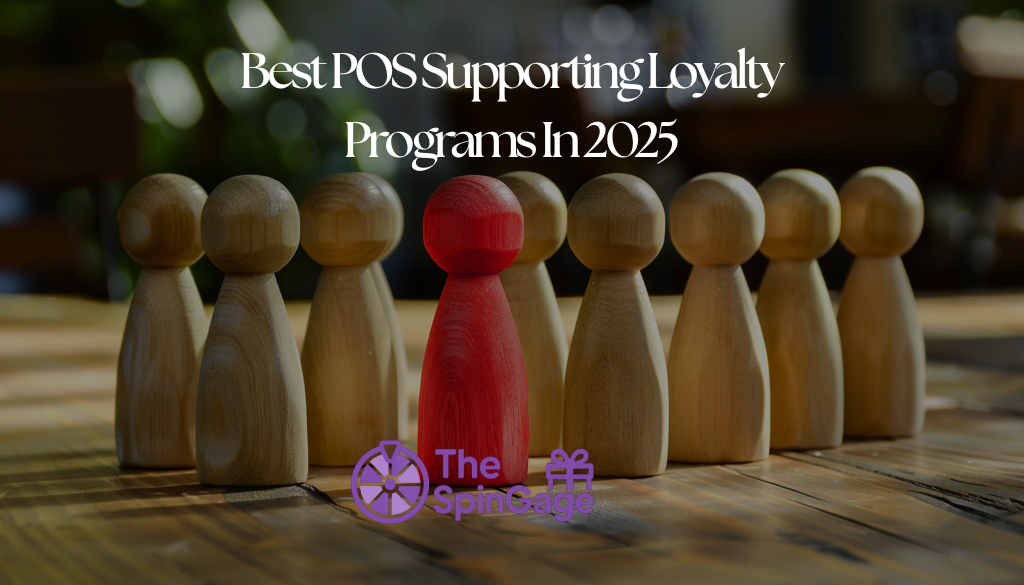
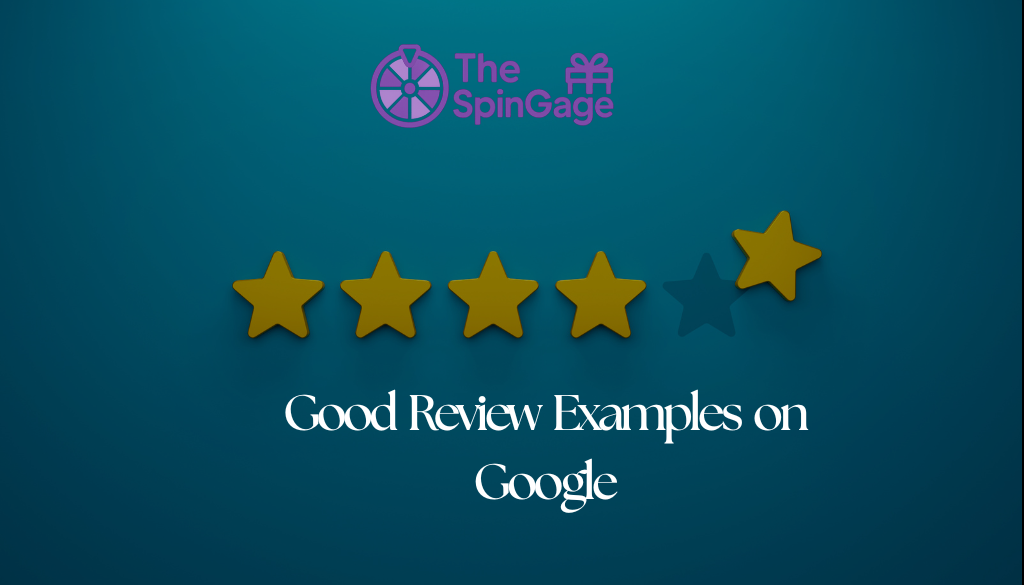

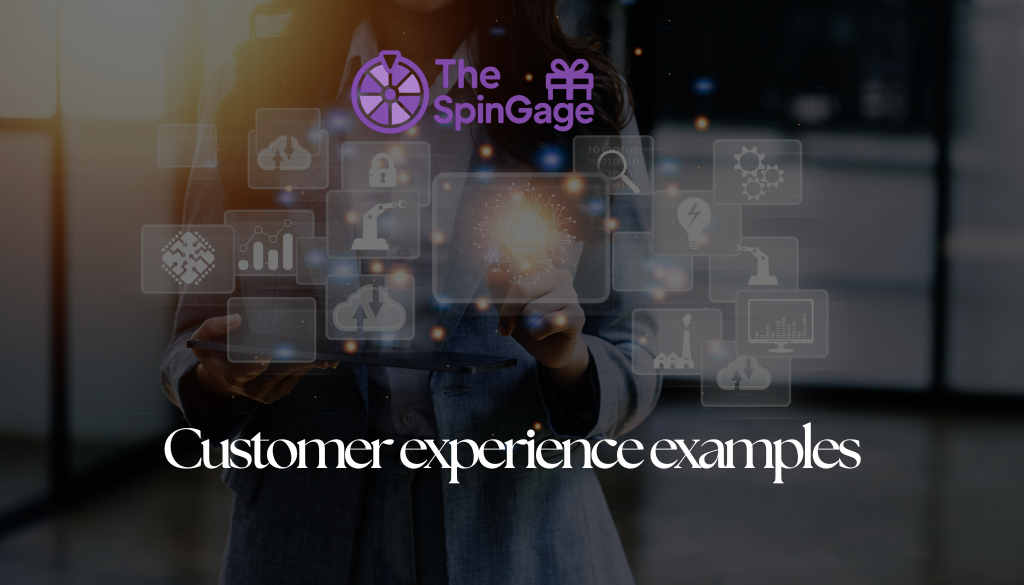

Leave a Reply